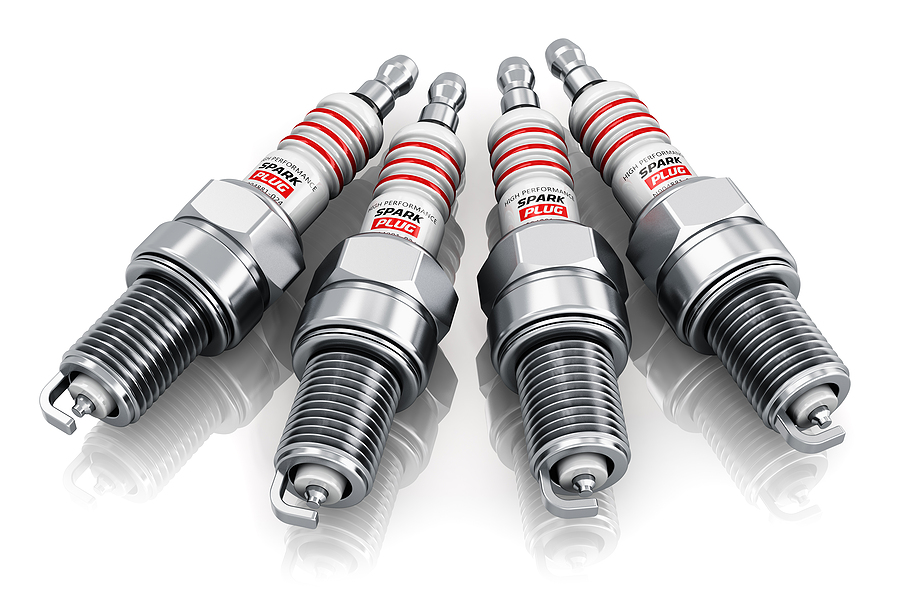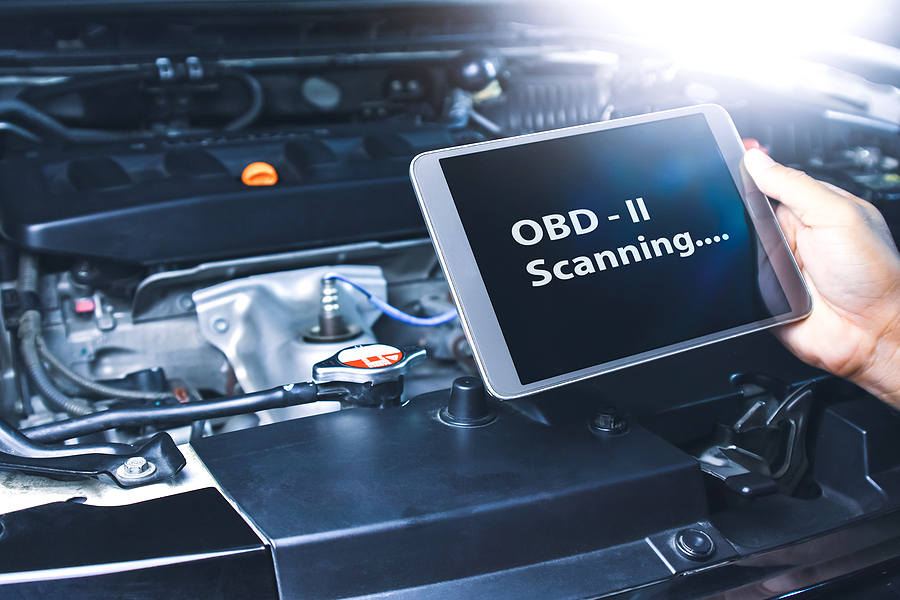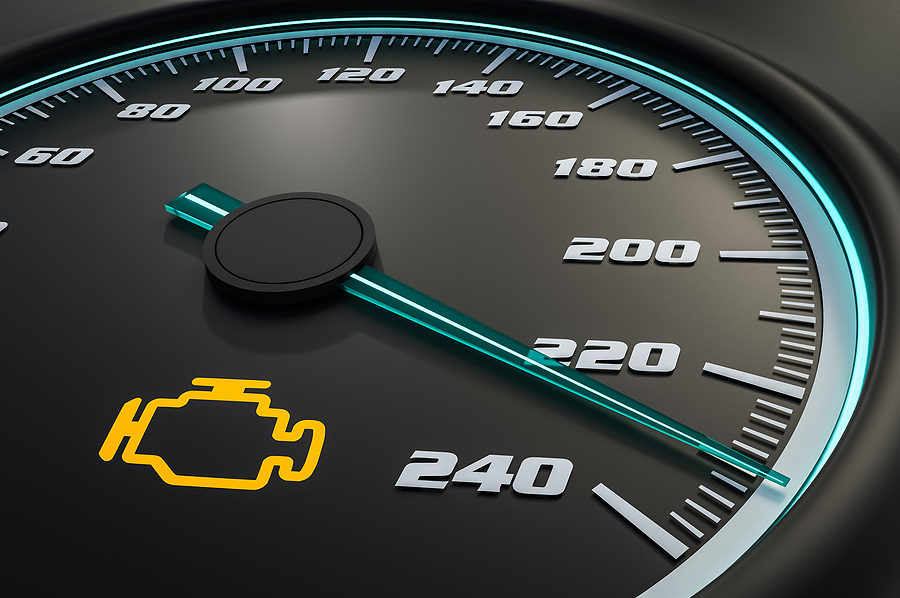A car engine is a complex system of moving parts, and its smooth operation depends on a tiny but crucial component: the spark plug. These small devices create the electrical spark needed to ignite the air-fuel mixture in your engine’s combustion chamber. Without a properly functioning spark plug, your vehicle’s performance can suffer significantly. Understanding the signs of faulty spark plugs is a fundamental aspect of car maintenance that can save you from costly repairs down the line.
Recognizing the symptoms early allows you to address the problem before it leads to more severe engine damage. This guide will walk you through the common indicators of failing spark plugs, from noticeable performance drops to specific visual cues. By learning how to identify and diagnose these issues, you can keep your engine running efficiently and reliably.

Common Signs of a Spark Plug Problem
When spark plugs begin to fail, your car will often give you clear signals. Paying attention to these symptoms is the first step in diagnosing the issue.
Engine Misfires and Rough Idling
One of the most frequent signs of faulty spark plugs is an engine misfire. A misfire occurs when one or more cylinders fail to ignite the fuel properly, which can feel like a stutter or hesitation as you drive. Similarly, you might notice your engine idling roughly, with vibrations shaking the vehicle when it’s stationary.
These issues happen because a worn or damaged spark plug cannot produce the consistent, strong spark required for smooth combustion. This can also trigger your “Check Engine” light, often with error codes like P0300 (Random/Multiple Cylinder Misfire) or P0301-P0308, indicating a misfire in a specific cylinder.
Poor Acceleration and Reduced Power
If your car feels sluggish or struggles to accelerate, failing spark plugs could be the culprit. A weak or inconsistent spark means the engine isn’t burning fuel efficiently, resulting in a noticeable loss of power. You might find that your vehicle doesn’t respond as quickly when you press the gas pedal, especially when trying to merge onto a highway or climb a hill. This reduction in performance directly impacts your driving experience and can be a clear indicator that your spark plugs need attention.
Decreased Fuel Efficiency
Are you making more frequent trips to the gas station? Faulty spark plugs can lead to a significant drop in fuel economy. When the air-fuel mixture doesn’t ignite completely due to a poor spark, your engine has to work harder to produce the same amount of power. This inefficiency means more fuel is consumed for every mile you drive. Tracking your vehicle’s MPG can be an effective way to spot underlying engine issues, including those related to your spark plugs.
How to Inspect and Test Spark Plugs
If you suspect a spark plug issue, a visual inspection and some basic diagnostic tests can help confirm your diagnosis.
Visual Inspection Guide
To inspect your spark plugs, you’ll need to remove them from the engine using a spark plug socket and a ratchet. Once removed, examine the firing end of each plug. A healthy spark plug should have a light tan or grayish-brown deposit on the insulator tip. Here are some signs of trouble:
- Carbon Fouling: A dry, black, sooty deposit indicates a rich fuel mixture or weak ignition.
- Oil Fouling: Oily, wet deposits suggest an oil leak into the combustion chamber, possibly from worn piston rings or valve seals.
- Overheating: A white, blistered, or melted insulator points to an engine that is running too hot.
- Worn Electrodes: The center and ground electrodes can erode over time, increasing the gap between them and weakening the spark. If the electrodes are rounded or thin, the plug is due for replacement.
Tools and Diagnostic Checks
For a more technical diagnosis, a few tools are necessary.
- Feeler Gauge: This tool measures the gap between the spark plug’s electrodes. Each vehicle has a specific spark plug gap measurement recommended by the manufacturer. If the gap is too wide or too narrow, it can affect combustion.
- Multimeter: You can use a multimeter to test the resistance of a spark plug. Set the multimeter to the ohms setting and place the probes on the terminal and the center electrode. A good spark plug will typically have a resistance between 4,000 and 8,000 ohms, though you should consult your vehicle’s service manual for exact specifications. An infinite reading suggests the plug is faulty.
When installing new spark plugs, it’s crucial to use a torque wrench to tighten them to the manufacturer’s specified torque. Over-tightening can damage the plug or the engine’s cylinder head, while under-tightening can lead to compression leaks.
Is Your Car Engine Repair Too Expensive? Click Here ✨
Understanding Spark Plug Types
Not all spark plugs are created equal. The type of spark plug your car uses affects its performance and lifespan.
- Copper: These are the most basic type, offering good performance but having the shortest lifespan, typically around 20,000 to 30,000 miles.
- Platinum: Single and double platinum plugs offer a longer lifespan, often lasting up to 60,000 miles. They are more resistant to wear and provide a more consistent spark over time.
- Iridium: These are the most durable and long-lasting spark plugs, capable of lasting 100,000 miles or more. They have a fine-wire center electrode that requires less voltage to create a spark, improving ignition efficiency and fuel economy.
Frequently Asked Questions (FAQs)
How often should I replace my spark plugs?
Replacement intervals vary by spark plug type and manufacturer. Copper plugs may need changing every 20,000 miles, while iridium plugs can last over 100,000 miles. Always check your vehicle’s owner’s manual for specific recommendations.
Can I drive with faulty spark plugs?
While you can technically drive with a faulty spark plug, it’s not recommended. It can lead to poor fuel economy, reduced engine performance, and potentially cause damage to your catalytic converter, which is an expensive repair.
What tools do I need to replace spark plugs?
You’ll typically need a ratchet, a spark plug socket, an extension, a feeler gauge, and a torque wrench.
How do I choose the right spark plugs for my car?
Consult your owner’s manual or an auto parts store to find the exact type and model of spark plug recommended for your vehicle’s make, model, and year.
How much does it cost to replace spark plugs?
The cost varies widely. If you do it yourself, you’ll only pay for the plugs, which can range from a few dollars to over $20 each. If you have a mechanic do it, labor costs can range from $100 to $300, depending on the vehicle and shop rates.
RECAP
Maintaining your spark plugs is a critical part of routine car maintenance. A healthy set of spark plugs ensures your engine runs smoothly, efficiently, and reliably. By learning to recognize the signs of faulty spark plugs—like engine misfires, poor acceleration, and decreased fuel efficiency—you can address issues before they escalate. Regular inspections and timely replacements will help preserve your engine’s health and keep your vehicle performing at its peak.
For more helpful guides on vehicle upkeep, explore more of our car care blogs. Got a junk car you want to get rid of? We’ll pay you cash on the spot and tow it away for free! Call Now for your offer!
Related Post: When Engine Work Costs More Than Your Ride: A Guide for Owners of Older Cars



